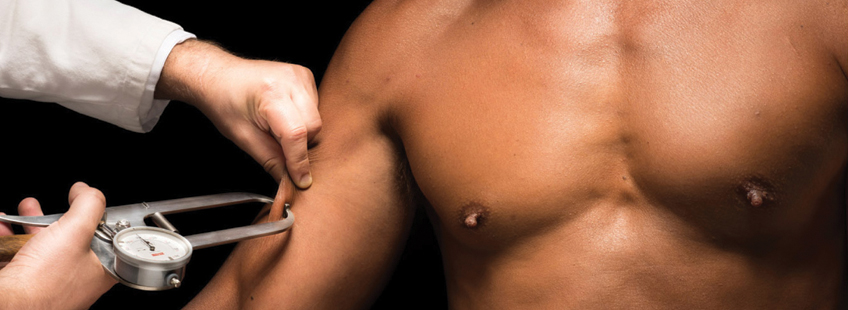
Yuki Kihara: A Study of a Samoan Savage
Artist Yuki Kihara consistently draws our attention to continuities between historical and contemporary colonial realities. Her latest body of work, A Study of a Samoan Savage is a response, in part, to recent perceptions of Polynesian men as powerful but primitive players in Rugby culture, a phenomonen that echoes19th century treatment of Pacific peoples as athletic specimens, ripe for scientific study.
Kihara’s presentation of large format photographs, a life-size projection and rare archives reassesses the disciplinary agendas that enabled the objectification of the Pacific body. In particular, 19th century anthropologists used anthropometry to help classify, compare and standardise human specimens. The gathering of data and specimens played an important role in colonial exploration and expansion. The development of anthropometry coincided with advances in photography, particularly the high-speed motion capture techniques developed by Eadweard Muybridge and Étienne-Jules Marey, which further supported the study of human (and animal) movement and led to movingimage technology.
Here, Kihara co-opts photographic and anthropometric processes to subvert the colonial impulse. Central to this new body of work is the figure of Polynesian demi-god, Maui, performed here by the Samoan artist Ioane Ioane. As Kihara reminds us, brown bodies are still being objectified and collected, but in these images, Maui claims the upper hand, defiantly looking back at us. He challenges our view and, in doing so, Kihara reclaims these images, making us re-examine who is looking at who, and what we think we see.
Presented in association with Auckland Arts Festival
Some images include nudity, parental guidance advised
27 February - 22 May 2016
View more images on our Facebook page here.


